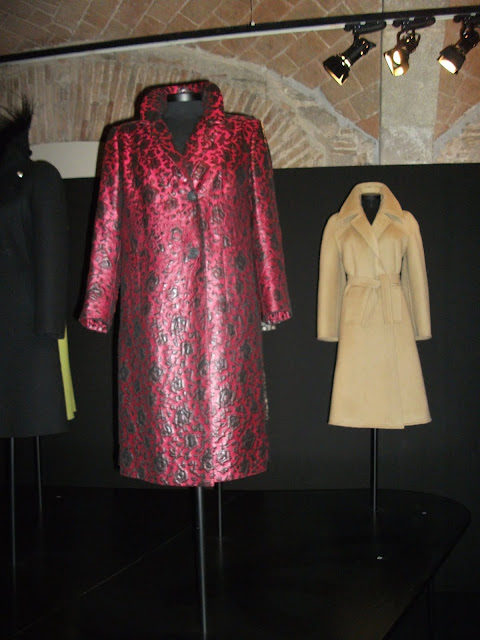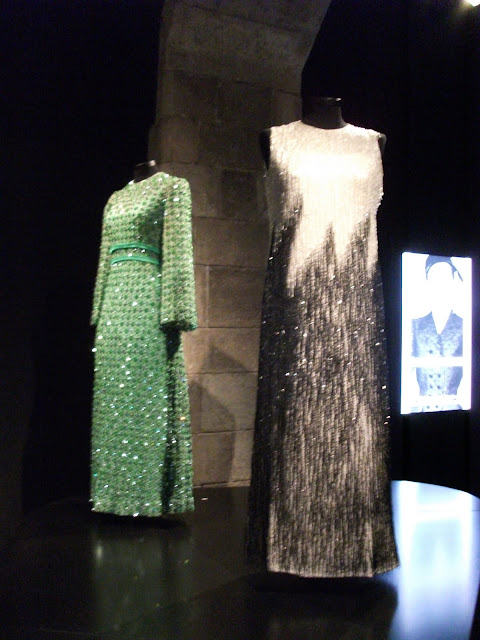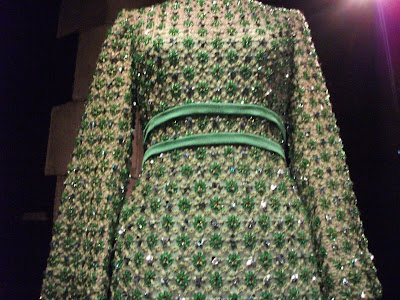Allthough I previously posted a list of what I got from the big stores on the main streets of Barcelona - I was actually looking to do some shopping from the fabulous well hidden boutiques I've heard so much about. After visiting all the important turistical attractions that this city can provide we finally stopped and enjoyed what Barcelona has to really offer.
It wasn't the Sagrada Familia, Placa Catalunya ,or the famous La Rambla that made you feel the real barcelonian vibe - but it was the little tangled streets in the Gothic Quarter that made us want to explore and discover the city even more.
We also went to Sarria - a northern neighborhood of Barcelona which was an independent town not too long ago but now became part of the city. This little neighborhood was so quiet, pieceful and clean with it's little houses and balconies and small bistros and cafe's. And if you want to have a real taste of the famous spanish PATATAS BRAVAS you have to go to TOMAS de Sarria .
This is not a very pretty spanish coffeeshop - not to clean - everything is spilled on the floor - the waiter is very unpolite and throws the food at you and screams after he gets your order so that the chef can hear it from the other side BUT we had the best patatas bravas ever there! It is a very famous place - not too well known by tourists - it's more a place for locals.
Coming back to the tangled , hidden streets and squares of the Gothic Quarter I would also recommend a very good place to eat - that is the Alsur Cafe which is another very local place which we found by accident being tired of eating tapas all day long and wanting to taste some actual cooked food - something which isn't deep fried or very dry.
This is the place to go if you want to eat well, not spend alot of money, have some good cocktails and maybe catch an unpexpected concert or event as they organize all sorts of fun stuff - karaoke, live jazz music, live spanish guitar music, a nice sunday brunch or even a live DJ party.
So before you sit down and enjoy your food at Alsur Cafe just take your time and wonder around that beautiful area and shop till your drop :)
Here are some of the boutiques I found along the way:
Urbana Boutiques
PNB Boutique
La Ventinueve
Botiga Vintage
Bazaar Boutique
Soda Boutique
No Name Shoe Shop - surprisingly with Vivienne Westwood Melissa Shoes inside :)
The Rent Shop
Hector - Leather Boutique
African Inspired Boutique
Natura SHOP - all hemp and natural textiles
Angela Anton Boutique
Anna Povo Boutique
Muskuni
And the last but not least - The Spanish Traditional Food Store - which is quite impressive by just looking in the window - the dream of every carnivore out there
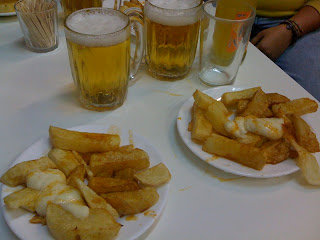







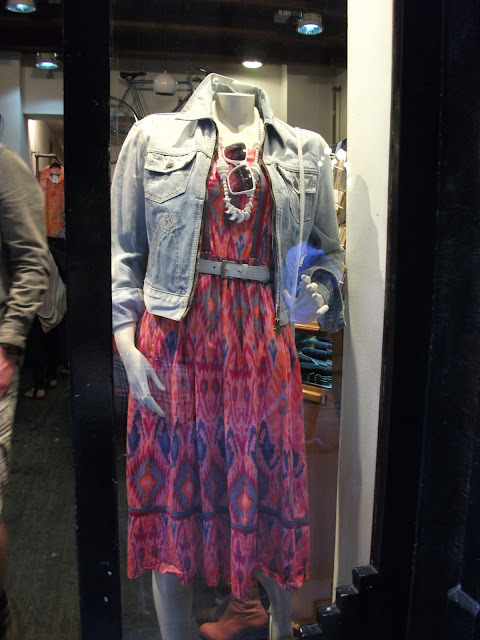










 So
So























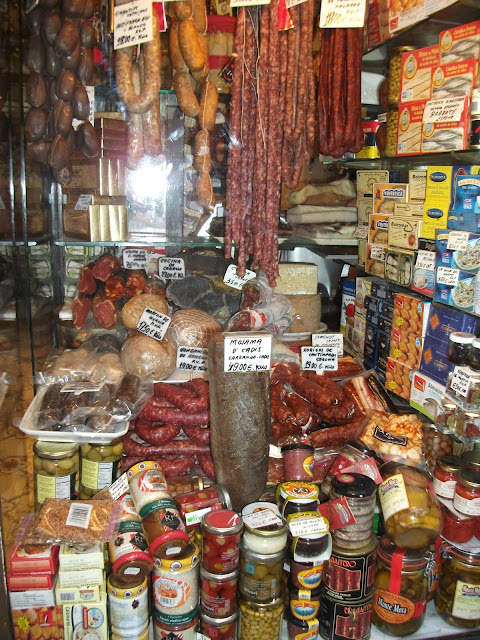














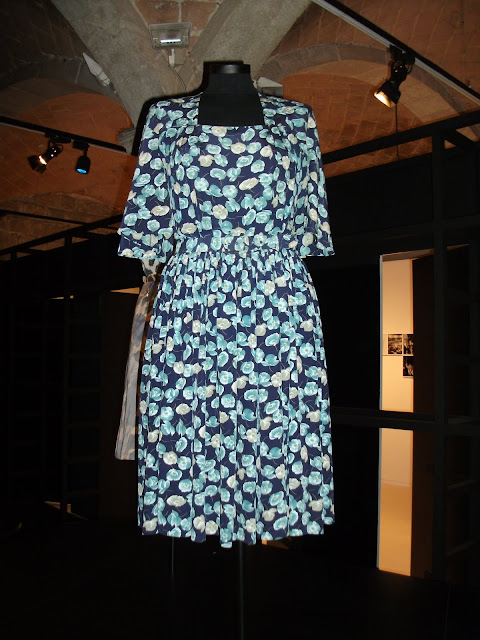



 a
a



